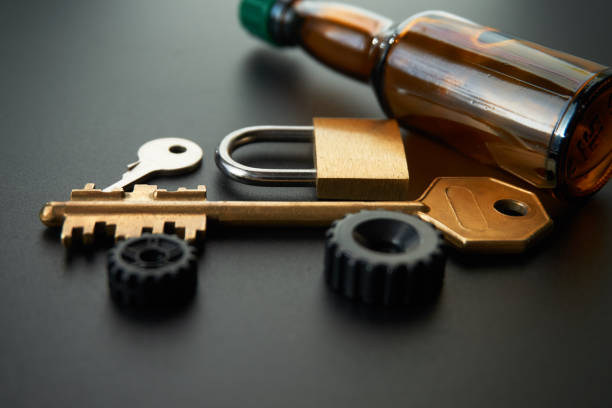The integration of technology into public safety measures has advanced significantly in recent years. Among these innovations, alcohol interlocks have gained prominence as an effective tool to prevent alcohol-impaired driving, thereby enhancing road safety. An alcohol interlock, often known as an ignition interlock, is a breathalyser device that is wired to a vehicle’s ignition system. It requires the driver to pass a breath alcohol test before the engine can start.
The Significance of Alcohol Interlocks
Alcohol impairment is a major contributor to road accidents and fatalities worldwide. The use of alcohol interlocks has been seen as a critical strategy to deter individuals under the influence of alcohol from getting behind the wheel. By making it impossible to start a vehicle unless sober, the stakes of deciding to drive after drinking are elevated – rendering it not just a question of legal repercussions but of practical impossibility.
Statistics have shown that jurisdictions which have implemented ignition interlock programs have witnessed a noticeable decrease in repeat offences and alcohol-related crashes. This illustrates the direct impact that such preventative tools can have on community wellbeing and public safety.
Implementation of Alcohol Interlocks
Given their effectiveness, one might wonder about the accessibility of such devices. Those looking to implement this safety measure can find local providers by searching for interlock device installation near me. These service centres are equipped to install alcohol interlocks, providing not just the technology but the necessary support to help individuals comply with prescribed safety programs.
For convicted drink drivers, the installation of an alcohol interlock device may be a mandatory condition for the reinstatement of their driving privileges. This requirement emphasises the role of these devices as both a preventative and rehabilitative tool, integrating them into the broader strategy for promoting public safety.
Smart Start Interlocks Australia: A Case Study
One of the leading organisations in the field of alcohol interlock technology is Smart Start Interlocks Australia. They provide an integrated service that involves installation, monitoring, and reporting to relevant authorities, ensuring that drivers remain accountable for maintaining sober driving habits.
Smart Start’s commitment to quality service and reliable technology places them at the forefront of efforts to reduce the incidence of drink-driving through the use of interlock devices. This highlights the essential role that dedicated organisations can play in the wider context of societal health and safety initiatives.
Advantages of Alcohol Interlocks
Alcohol interlocks offer several advantages, not only as a deterrent but also as a means to educate and rehabilitate. For individuals convicted of drink-driving offences, the interlocks represent an opportunity to reassess their relationship with alcohol and their approach to driving.
Moreover, the presence of such devices has a cumulative effect on public perception, normalising the practice of safe driving and heightening awareness about the dangers of driving under the influence. As an educational tool, the benefits of alcohol interlocks extend beyond the drivers themselves to society at large.
Regulatory Context
Regulatory agencies across various jurisdictions are increasingly recognising the significance of alcohol interlocks. Many have passed legislation requiring their use for certain offender categories, integrating these devices into the legal framework governing road safety.
This incorporation underlines the instruments’ perceived efficacy and reflects a legislative commitment to harnessing technology for societal benefit. The calibration and monitoring of interlocks also create an audit trail, reinforcing the legal system’s capacity to enforce compliance and penalise infractions effectively.
Challenges and Considerations
While their benefits are clear, the introduction of alcohol interlocks is not without challenges. Cost considerations, privacy concerns, and the logistics of installation and maintenance are among the factors that need addressing. Service providers must find a balance between ensuring accessibility and maintaining a standard of service that upholds the purposes of the interlock.
Furthermore, a collaborative approach involving manufacturers, service providers, regulatory bodies, and the public is essential to maximise the potential of alcohol interlocks for public safety. Strategies for public education and support for affected individuals are also crucial components of an effective alcohol interlock program.
Looking Forward
Moving forward, the continued refinement and adoption of alcohol interlock technologies will likely play an essential role in shaping road safety solutions. As awareness grows and technology evolves, the potential exists for broader applications of alcohol interlocks, possibly ranging beyond vehicular controls to other areas where alcohol impairment poses risks to public safety.
In conclusion, alcohol interlocks are proven tools supporting the mission for safer roads and communities. Through the dedicated efforts of organisations such as Smart Start Interlocks Australia, we witness how technology and responsibility can be carefully intertwined to protect lives and advocate for public well-being. This innovative approach to road safety serves not just as a measure of control but as a testament to our collective investment in fostering a culture of conscious and cautious driving.



